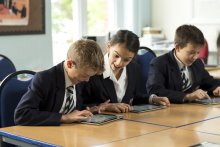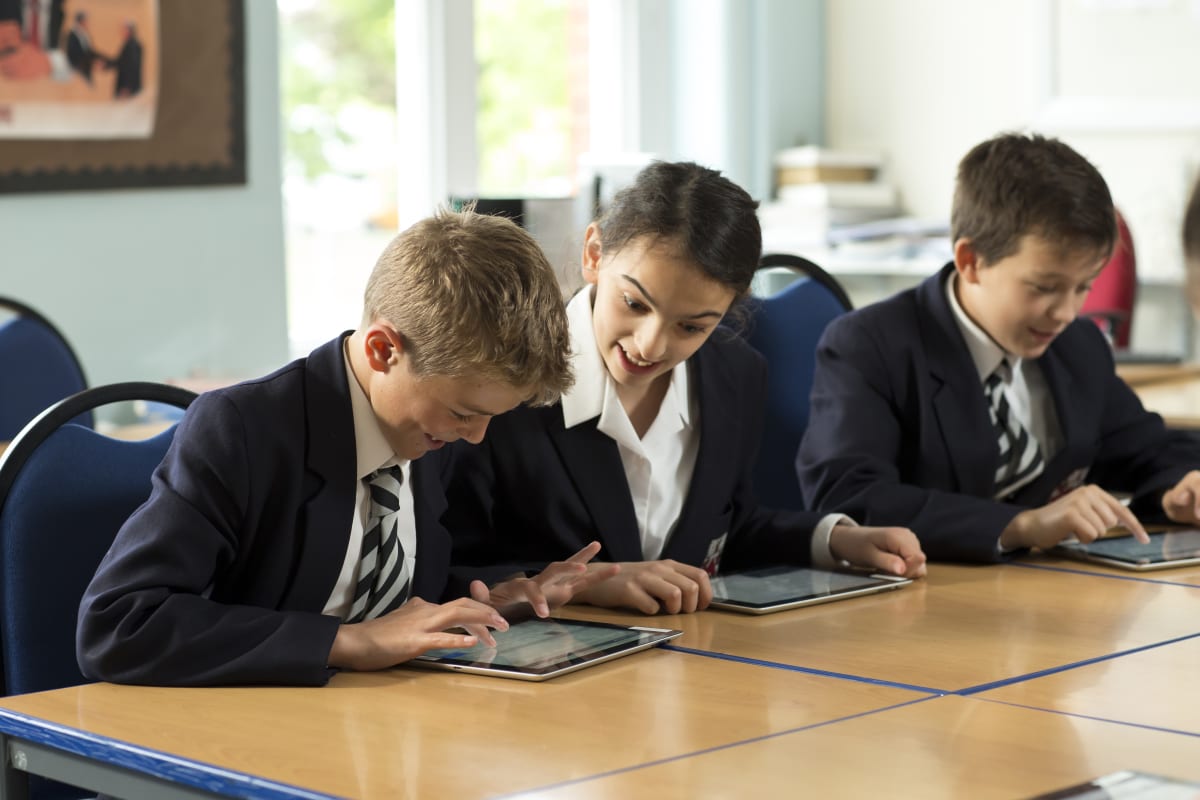






The most useful research into teaching focuses on the fundamentals of what helps pupils to learn in schools: work like that of John Hattie in 'Visible Learning', Prof. Coe et al in 'What Makes Great Teaching' or Prof. Rosenshine's principles of direct instruction. Of course, IT is not crucial to excellent teaching, just as it hasn’t been crucial in most other professional walks of life, but – as in those other walks of life – it offers advantages that can’t be ignored. And not just when working remotely.
The ‘quality of instruction’ provided by a teacher describes vital aspects of teaching such as clarity of explanation; the importance of effective questioning to check pupils’ understanding; thinking aloud with pupils and modelling the steps; providing models of good work so that pupils can see what that looks like; asking pupils to explain what they’ve learned; checking the responses of all pupils, so that the teacher can understand where misconceptions lie, and where each pupil is in their understanding or ability to convey that understanding; monitoring independent practice; and providing feedback to pupils, and inputting that into planning the next lessons. ‘Quality of instruction’ can also relate to the organisation and availability of materials for review.
BYOD won’t help with the clarity of explanation or with verbal questioning, but it does facilitate the ability of more pupils to respond simultaneously to questions, so that more of them can ‘have a go’ during lessons, and express their understanding to the teacher. While quick-fire questioning can swiftly move from pupil to pupil (ensuring engagement and checking understanding) more detailed questions take more time, and in verbal Q&A, only one pupil can be in dialogue with the teacher at any one time. This is fine sometimes, but other options are really useful: all pupils can write a short response into a Teams post, where more children can read and respond to ideas, or answer via a digital whiteboard, where their answers aren’t heard by the whole class, but can be scanned by the teacher. BYOD provides greater scope for all pupils - whether they are confident in their answer or not, talkative or quieter – to articulate and test out their understanding in a low-stakes way, before they set off on applying new learning to independent work.
The provision of model answers, and talking through the steps of an idea or task, is hugely aided by BYOD. All pupils’ work can be shared by uploading a photo (or typing or 'inking' into their OneNote), allowing teachers to easily ‘snip’ and share good answers as ‘model’ answers. All work can also be collected into a collaboration space, and looked at side-by-side, with the teacher exploring strengths and development points, and pupils able to see multiple responses to the same task or question. This way, they learn by seeing approaches and ideas, for instance in constructing a paragraph in English, using evidence in History, or explaining a biological process.
When pupils work in, or upload work into OneNote, the teacher can see more children at work independently in real time, without disruption, and can seamlessly review the same piece of work, ‘snipping’ examples to construct feedback for the whole class to benefit from.
And when feedback is given, it can be effortlessly tracked and preserved not just for the pupil in their file, but for the teacher to refer back to when they review the next piece of work.
The forms of independent practice provided also become much more varied with BYOD, whether that’s the ability to edit and reorganise sustained writing, completing a Forms quiz that provides instant feedback (rather than each question being trawled through), or using programmes like Dr Frost in Maths.
It is the way that BYOD supports the most vital aspects of great teaching that really convinces us of its place in every classroom.
